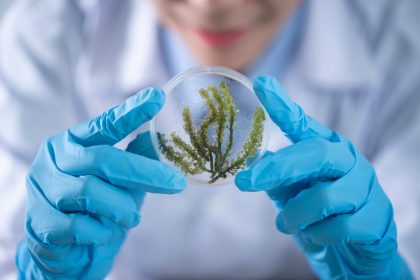I. THE BASICS
Definitions are important. What’s the difference between “medical” and “regular” marijuana?
Purely legal nuance. Marijuana is marijuana. The difference comes down to legal definitions determined by the state on how the product is being used. Without any medical justification, marijuana is recreational (and thus, illegal in Florida).
This also means legal marijuana MUST come from a medical marijuana treatment center and given to a state-qualified patient. Everything else? Illegal.
II. WHO’S QUALIFIED?
In order to legally purchase medical marijuana, an adult patient must:
Have permanent or temporary (including seasonal) residency in the state (Sorry, tourists!)
Be diagnosed by a certified physician (i.e. medical cannibis physician – not exactly your family doctor) with a qualifying condition.
The obvious question is – What constitutes a Qualifying Condition? Senate Bill 8A allow the following, enumerated conditions:
PTSD
Parkinson’s Disease
Multiple Sclerosis
HIV/AIDS
Epilepsy
Glaucoma
Crohn’s Disease
Cancer
ALS
But what about mental illnesses? Migraine headaches? Severe skin allergies?
There is hope. In addition to the enumerated conditions, the bill allows for treatment of other “diagnosable, debilitating conditions of like, kind, or class” (i.e. migraines, depression, psoriasis, insomnia, autism, etc.)
Note: If you are under 18, you must either receive a second opinion from a pediatrician, OR be diagnosed with a terminal condition.
III. RESTRICTIONS ON USE AND TRANSPORT
Once you’re qualified, you can obtain marijuana legally. However, medical marijuana is a privilege – not a right.
Take precautions or risk losing your license and getting arrested. Medical marijuana is strictly prohibited in:
a vehicle
an aircraft
a school bus
on the grounds of any public school
state correctional institution
patient’s place of employment (unless permitted by the employer)
In public places and public transportation, most medical marijuana is banned. The limited single exception to this applies to “low-THC” cannibis (i.e. it must contain less than 0.8 percent of tetrahydrocannbinol (THC).)
IV. LEGAL CONSUMPTION AND PURCHASE
The law outlines what routes of administration or types of legal consumption is allowed:
Vapor
Oils/tinctures
Topical (patches)
Edibles
Smoking has been legal since 2019
Of course, don’t try to walk into a dispensary and buy a year’s supply at once. The bill allows patients to purchase 2.5 ounches of whole marijuana flower everything 35 days as needed.

